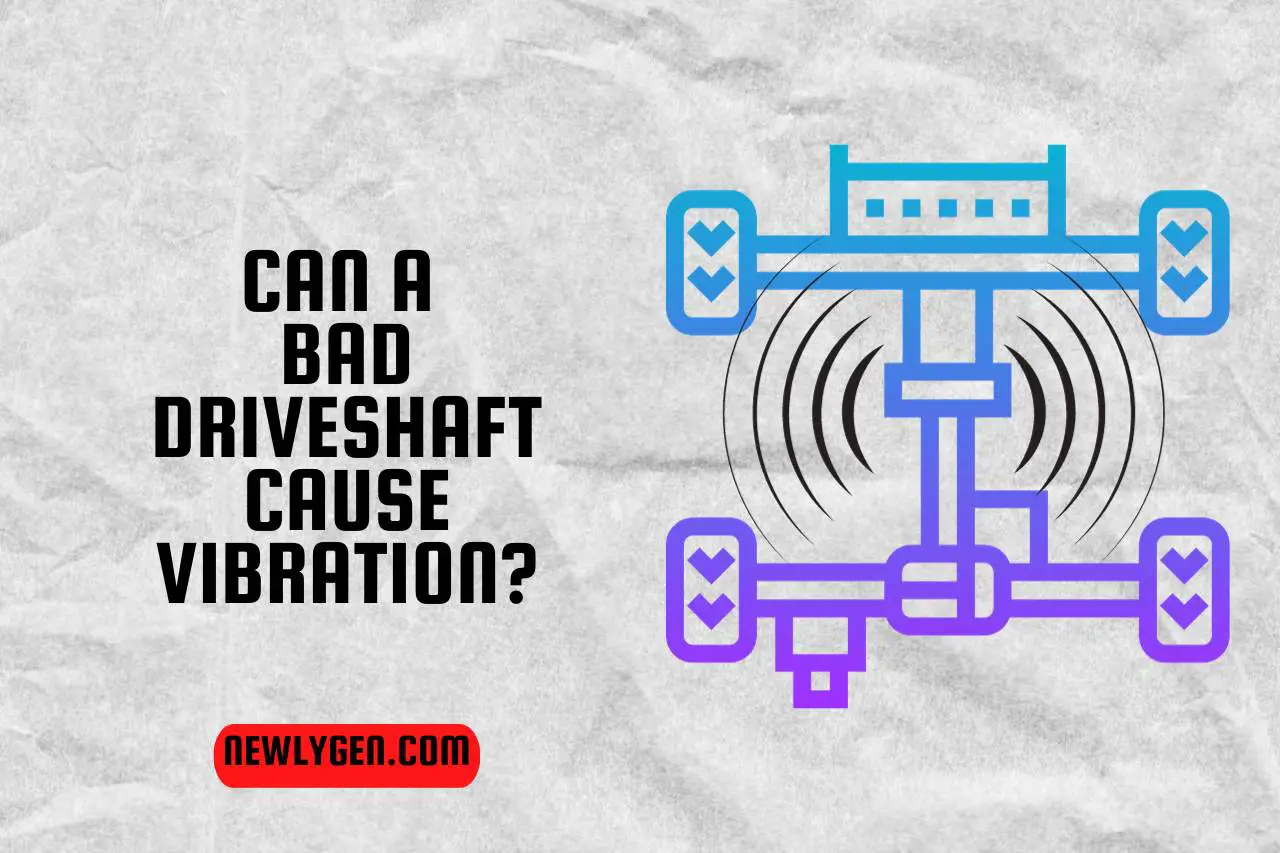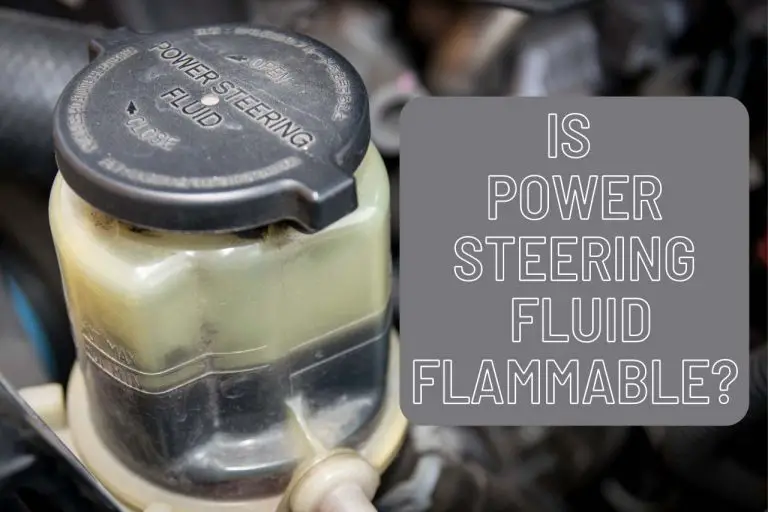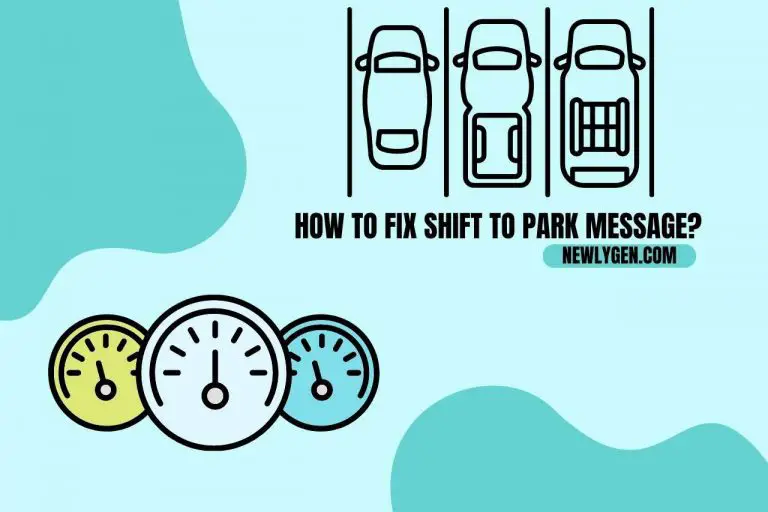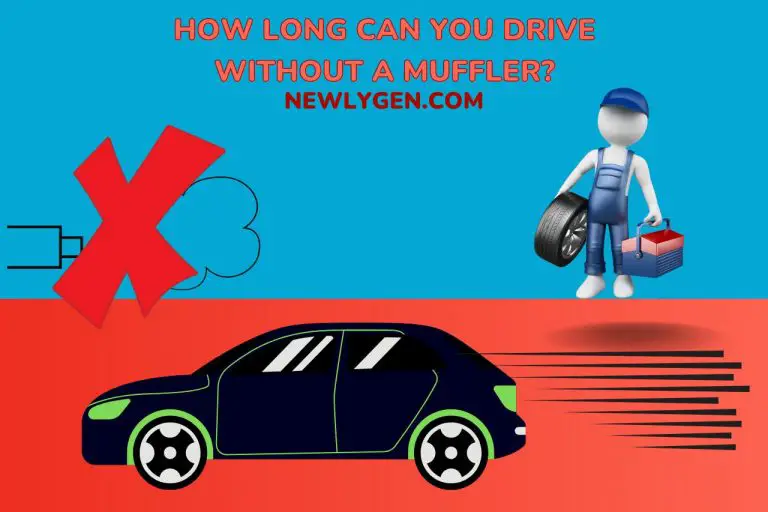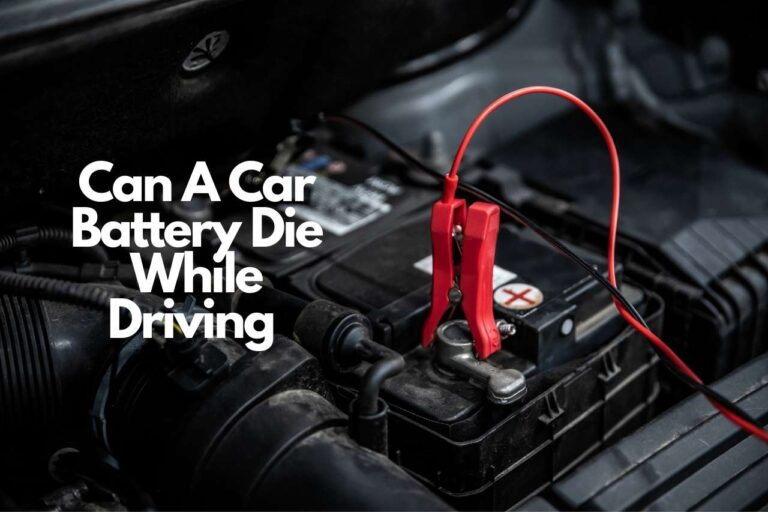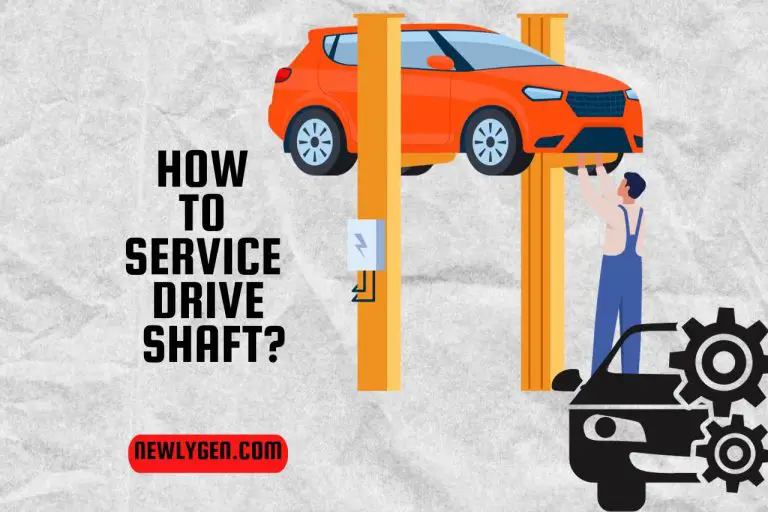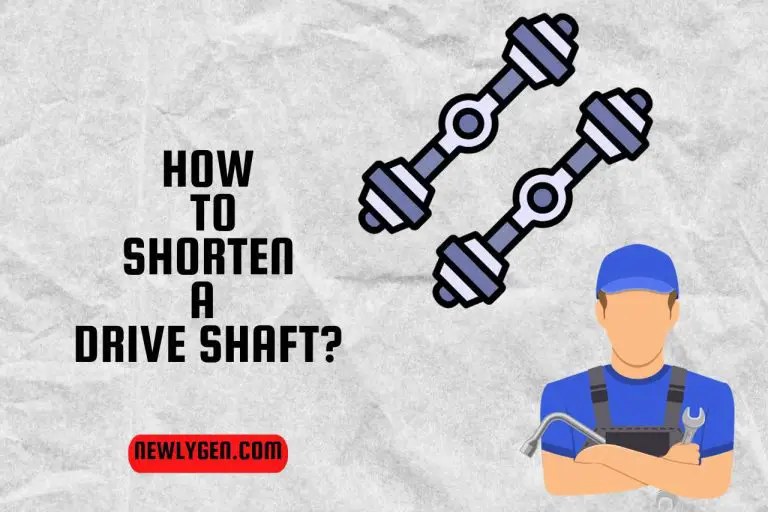Can a Bad Driveshaft Cause Vibration? Automotive Insights!
“Can a bad driveshaft cause vibration?” is a question that resonates with many vehicle owners who experience unsettling shakes and shudders while on the move. A faulty driveshaft shows certain signs, and one of the major ones is vibration. Today, we aim to follow the subject of vehicular vibrations, exploring how driveshaft complications can disrupt your ride’s smoothness. With expert insights into diagnosis, necessary repairs, and smart replacements, we guide you through the steps to mitigate this common issue. So, you will be able to uncover the mechanics of a stable, vibration-free journey, ensuring your driveshaft supports the seamless performance you depend on.
Can a Bad Driveshaft Cause Vibration?
Yes, of course, a bad driveshaft can cause vibration, which is often felt through the vehicle’s floorboard or steering wheel, especially when you drive at a higher speed.
When a driveshaft becomes faulty or damaged, it can throw the vehicle’s drivetrain out of balance. This imbalance is typically the root cause of the vibration felt while driving.
Let us explain how a bad driveshaft can lead to vibration:
- Unbalanced Driveshaft: If the driveshaft isn’t balanced correctly, it will rotate unevenly and cause vibrations. When there are manufacturing defects or wear and tear, this imbalance can exist.
- Worn U-Joints or Bushings: Universal joints (U-joints) that connect the driveshaft can wear out and cause play in the connection, leading to imbalance and noticeable vibration.
- Damaged Driveshaft: Any physical damage to the shaft itself, like bending or denting, will disrupt its smooth rotation. As a result, you will feel a vibrating sensation.
- Faulty CV Joints: In front-wheel or all-wheel-drive vehicles, worn constant velocity (CV) joints can also cause the vehicle to vibrate.
If you’re experiencing this issue, it’s important to address it quickly. The reason why, it can lead to accelerated wear on other vehicle components, reducing overall vehicle performance as well as your safety. A thorough inspection by a qualified mechanic can pinpoint the cause and recommend the appropriate repair to smooth out your ride.
What does Driveshaft Vibration Feel Like?
Driveshaft vibration often feels like an intense shaking or shuddering sensation that comes from under the vehicle. You will mostly notice it when accelerating.
Experiencing vibrations from a driveshaft issue is like feeling a rhythmic shaking that starts beneath the vehicle and can resonate through the seats and steering wheel.
It’s often most apparent when you accelerate from a stop or at certain speeds.
Anyways, it may decrease or disappear when the vehicle is coasting.
This shaking can range from a light tremor to a more pronounced judder, signaling a potential imbalance in the drivetrain system.
Moreover, the overall condition of your vehicle can make a difference in the vibration. You are advised to take preventative measures against such vibrations.
How Do you Fix a Vibrating Driveshaft?
To fix a vibrating driveshaft, necessary repairs or replacements should be performed based on the specific issue identified during a thorough inspection.
Condensing all the potential causes, we have provided you with systematic guidance.
- Identify the Cause: First of all, determine if the vibration is due to worn U-joints, damaged CV joints, or an unbalanced shaft.
- U-Joints: If the U-joints are worn, they must be replaced to allow for proper rotational movement without excess play.
- CV Joints: For vehicles with CV joints, any clicking or popping noise during turning indicates a need for replacement, too.
- Bearings: Inspect and replace any worn center bearings to ensure the driveshaft is properly supported.
- Balance the Shaft: Have a professional mechanic balance the driveshaft. This process may involve adding weights to the shaft to compensate for minor imbalances, so it would be better not to try doing this repair by yourself.
- Shaft Straightening or Replacement: A bent driveshaft requires straightening or complete replacement if the damage is severe.
With the right approach, you can restore your vehicle’s driveshaft to optimal condition. However, if you’re not experienced with driveshafts, it’s best to seek professional help to ensure repairs are done safely and effectively.
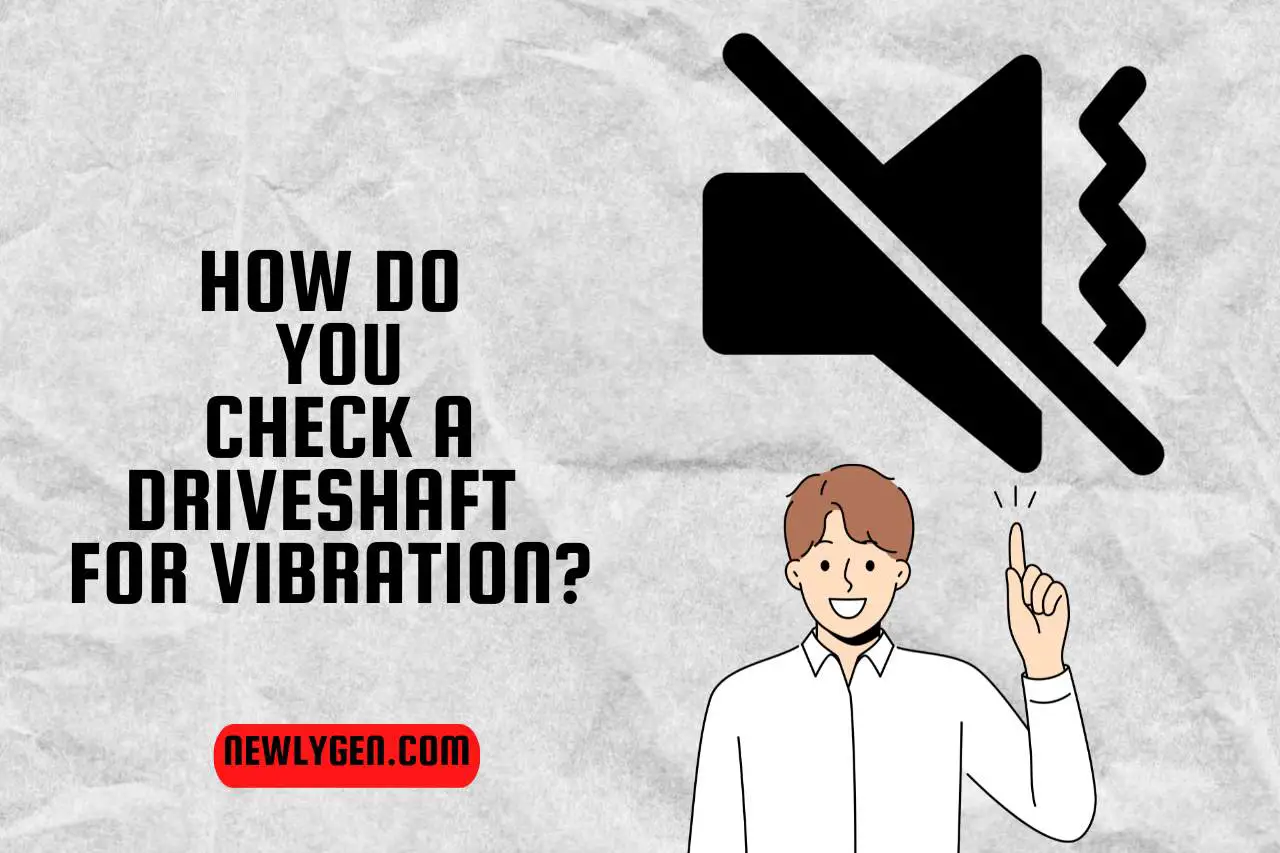


How Do you Check a Driveshaft for Vibration?
To check a driveshaft for vibration, one must conduct a thorough inspection for any signs of wear, imbalance, or damage. Here is a concise guide for your reference.
- Visual Inspection: Begin with a visual check for any obvious signs of damage to the driveshaft, such as dents, twists, or corrosion that could cause an imbalance.
- U-Joint Inspection: Next, inspect the U-joints for any play or movement; excessive wear here can lead to vibrations.
- Bearing Check: You should also examine the center bearings for wear or looseness, which is often a culprit for vibrations in rear-wheel-drive vehicles.
- Rotational Test: Safely elevate the vehicle and rotate the driveshaft by hand, feeling for roughness or resistance in the U-joints or bearings, indicating potential issues.
- Balance Check: Check the driveshaft balance because an unbalanced shaft can cause significant vibration and requires professional equipment to diagnose and correct.
- Drive Test: Perform a test drive to monitor for vibrations at various speeds, as some issues only become apparent under specific driving conditions.
Watch this one,
Video Credits – Tom Wood’s Custom Drive Shafts
You May Also Like
Does Driveshaft Make a Noise? (Causes & Diagnostics)
Can you Weld a Driveshaft? (Techniques & Tips)
How to Diagnose Driveshaft Problems? (Signs & Solutions)
How to Fix a Squeaky Driveshaft? Stop the Squeak!
Can you Drive without a Driveshaft? (What You Need to Know)
How to Service Drive Shaft? (Tips & Techniques)
Can a Bad Driveshaft Affect Transmission? Expert Insights Revealed!

